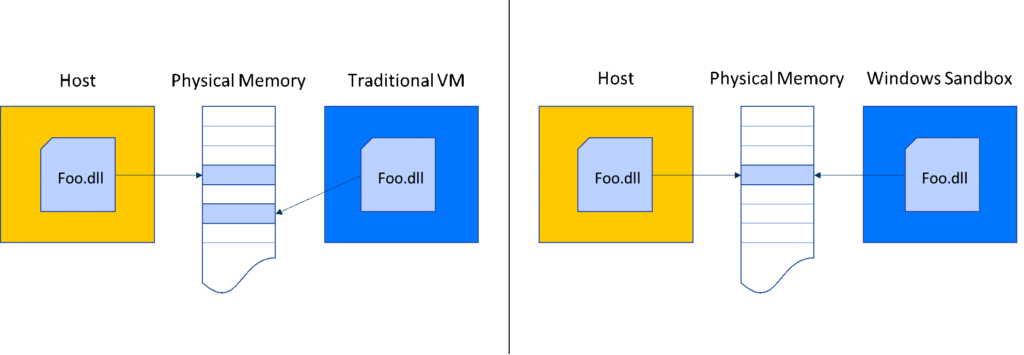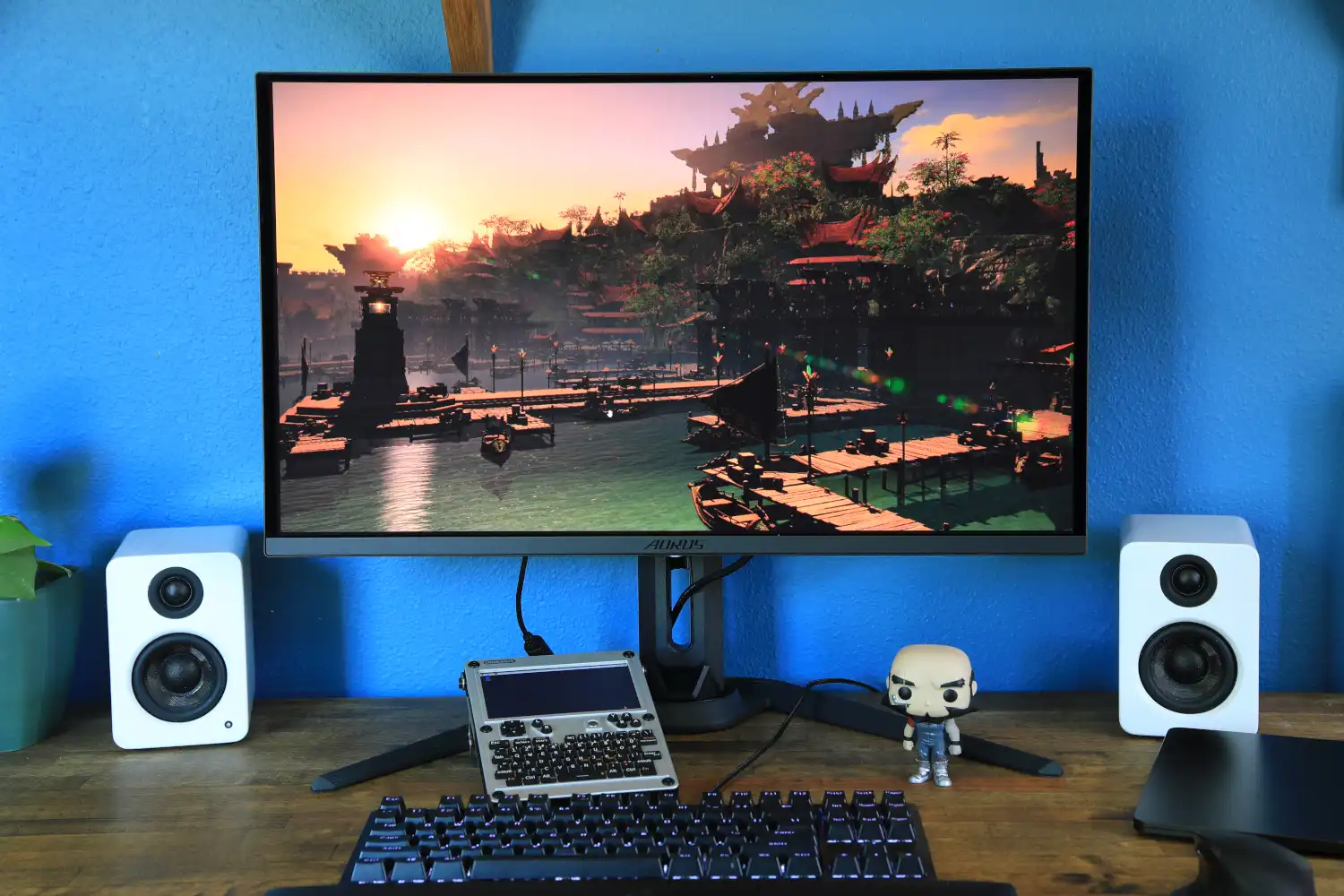
One of the standout features in Windows, Windows Sandbox, is currently testing some exciting new updates that could be described as an enhanced security “airlock.” Windows Sandbox, much like a VPN, focuses on safeguarding your data. While a VPN encrypts and shields your connection from unwanted eyes, Windows Sandbox isolates potential threats by running them in a separate, secure environment within your existing OS.
Windows Sandbox essentially creates a Windows environment within your Windows system, operating as an isolated instance designed to contain any files or applications you run within it. Unlike a virtual machine that can run various operating systems, Sandbox is optimized specifically for Windows, making it an ideal testing ground for potentially untrusted software or files. If you’ve ever hesitated to open a sketchy file or visit a questionable website, Sandbox offers a secure way to explore without risking your primary system. For an added layer of security, you can even run a VPN inside the Sandbox, creating a robust defense against potential threats.
However, Sandbox has a critical design feature: everything within it is wiped clean when you close it. This is intentional—if malware infiltrates the Sandbox, shutting it down ensures your main system remains untouched. The downside is that transferring files you deem safe from the Sandbox to your primary OS can be cumbersome. Typically, this involves saving the file in Sandbox’s File Explorer, then manually moving it to your main Windows environment.
The latest Windows 11 Build 27686, part of the Windows Insider Canary Channel, introduces features aimed at improving this workflow. New additions include runtime clipboard redirection and folder sharing between Sandbox and the host OS. Though Microsoft hasn’t detailed these features extensively, it’s likely that you’ll now be able to copy a file from Sandbox and paste it directly into your main OS, bypassing the need for File Explorer. Similarly, folder sharing will allow for easier file transfers between the two environments—though this added convenience may come at a slight cost to security.
Additionally, Microsoft has decoupled Sandbox from the core operating system, allowing updates through the Microsoft Store. This independence will enable more frequent updates and faster feature rollouts. Other new capabilities include early command-line support and audio/video input controls.
What remains unclear is whether these improvements will be available exclusively to Windows 10 Pro and Windows 11 Pro users, as has been the case with previous versions of Sandbox. While there are fewer reasons to choose the Pro version of Windows today, Sandbox has been a compelling one for some users.
In addition to the Sandbox updates, Microsoft is testing an increase in the FAT32 file system limit from 32GB to 2TB, which would allow much larger disk partitions. While NTFS is more commonly used for Windows partitions, FAT32 is still prevalent in external storage devices. This change could bring new life to older formatting standards.
Microsoft is also working on battery life optimizations for future builds, though details on the extent of the improvements are still sparse. As with all features in the Windows Insider Channels, these updates may not make it to mainstream PCs, but they hint at some potentially impactful changes on the horizon.




